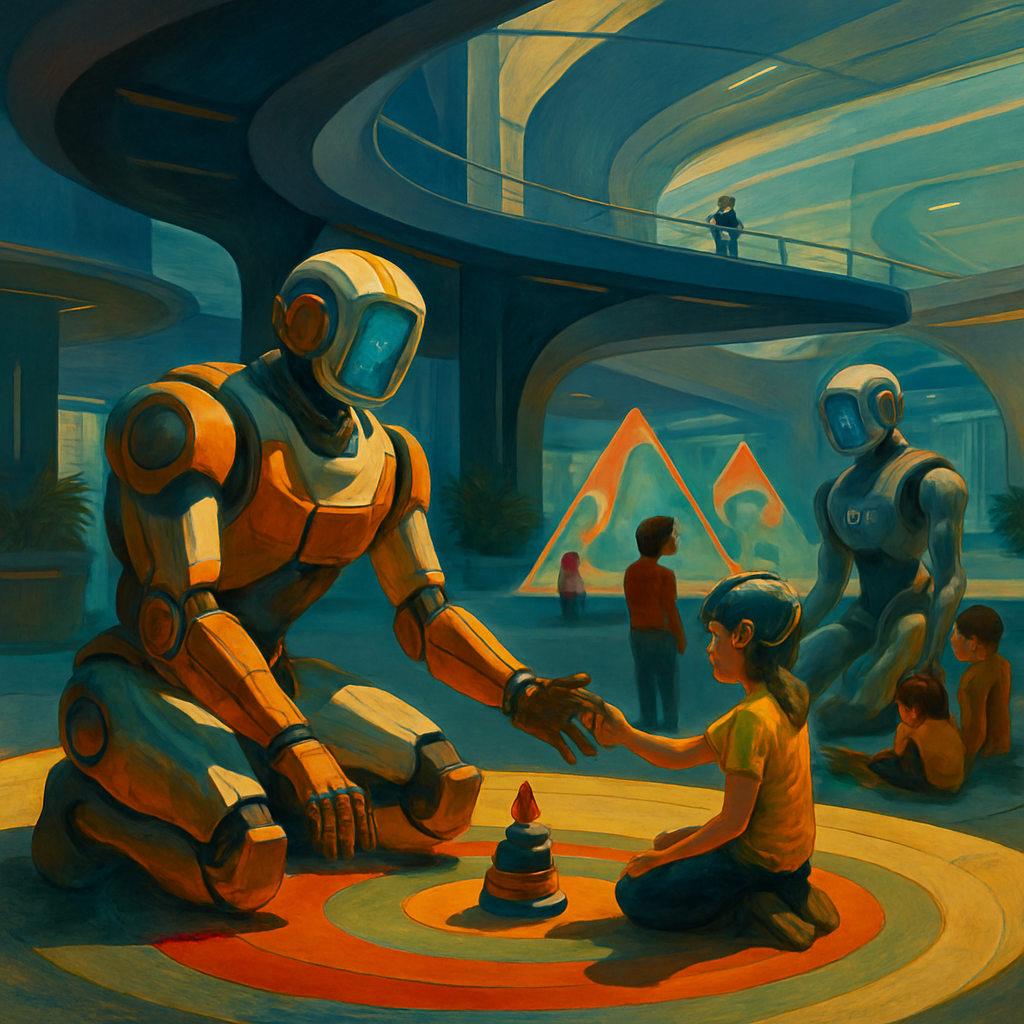Leveraging Generative AI to Spice up Virtual Training Turfs for Robots

“Using generative AI to diversify virtual training grounds for robots”
“MIT researchers have developed a new way to improve artificial intelligence for robotics using a technique called generative modeling,” from a news article titled ‘Using generative AI to diversify virtual training grounds for robots’ as reported by the Massachusetts Institute of Technology. Now, isn’t that a mouthful of tech jargon that sounds like something straight out of a sci-fi flick?
Well, in the midst of what seems like a rather fancy buzzword buffet, it’s noteworthy that these keen minds have decided to innovate in ways to make robots smarter. And how do they plan to achieve that? Using good, old artificial intelligence (AI) of course! Except, this time it’s not just simple AI, it’s ‘generative AI.’ Now, that’s something to wrap your head around.
Generative AI has already proven itself useful in creating loads of things: counterfeit Mona Lisas, confusing poetry, and even half-munched recipes. But, apparently that wasn’t enough. Oh no, now, the learned folks over at MIT have high hopes of using this remarkable algorithmic wizardry to create ‘virtual training grounds for robots.’ Because who needs good old-fashioned nuts and bolts when lines of code can accomplish so much more, right?
In layman’s terms, generative modeling is a form of AI that is leveraged to produce new data from the same statistical distribution as the training set. It enables robots to practice their skills safely in a virtual environment before they are let loose in the real world. Sort of like practicing at a driving range before speeding on open roads.
The researchers created a model that essentially generates a potentially unlimited number of unique, virtual environments, with the level of complexity a researcher desires. The aim? Train better, and churn out robotic systems that can grapple with the dynamic and unpredictable real-life situations with a little more finesse.
However, the researchers do concede that these models may not include every single variable. But a few missing variables never hurt anyone, right? Sure, just ask any programmer who’s lost hours hunting for a missing semicolon. Minor setbacks!
In all seriousness, the advancements being made in AI, especially at skilled and illustrious institutions such as MIT, are truly monumental. The possibilities for what AI and robotics can achieve in the future are increasing by the day, thanks to breakthroughs such as these. Always remember: today’s science fiction could be tomorrow’s reality. Stay tuned!
